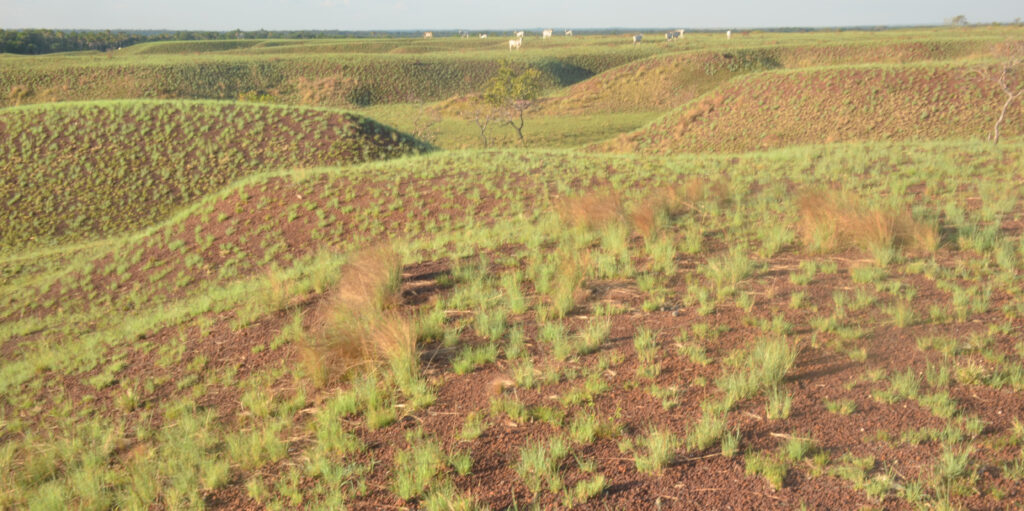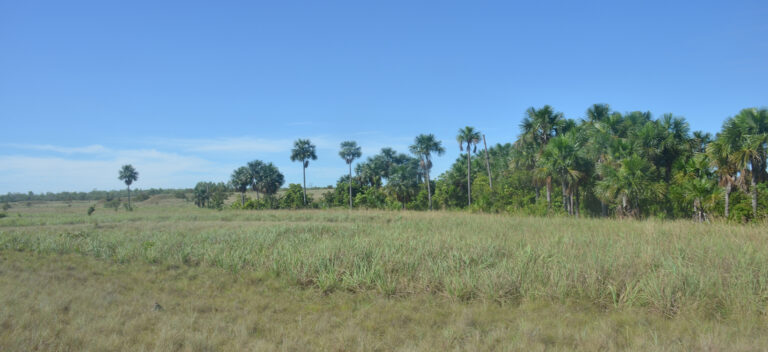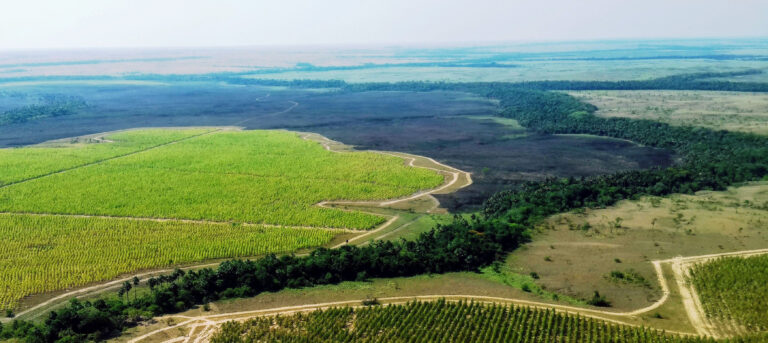Why Context Matters –
an environmental perspective
Our reference to “planting a cactus in the Arctic” isn’t just playful—it underscores a core principle of sustainable investing: context is everything. Most people associate cacti with hot deserts, but the Arctic is technically a desert too—defined not by temperature or terrain, but by low precipitation. Similarly, ecosystems that share a name may differ profoundly in ecological function. For ESG-focused investors, understanding that nuance is essential.
Take savannas, for example. Unlike deserts, which are defined by aridity, savannas are identified by their structure—grassy plains with scattered trees and clear seasonal rainfall patterns. But not all savannas are alike, and assuming they are can lead to misunderstandings and poor decisions regarding activities in that landscape. These in turn can have devastating environmental outcomes.

Our operations are located in the Vichada region of Colombia, a savanna that—according to multiple academic and ecological assessments—is deeply degraded and low in productivity. This was a key factor in our site selection process. From the outset, we made a clear commitment not to transform or displace healthy, functioning ecosystems. Sites with intact, biodiverse savannas were intentionally ruled out. Our model is based on restoration, not exploitation.

Vichada’s degradation is largely the result of human actions—particularly those associated with unsustainable cattle ranching practices. Over the past century, non-native cattle were introduced into the region, despite the fact that Vichada’s poor soils and natural vegetation were never suitable for intensive grazing. In an effort to feed these cattle, land managers began planting non-native invasive grasses which required active intervention to spread.
The most destructive method used to propagate these grasses has been the widespread use of uncontrolled fire. A recent study by the National University of Colombia found that 95% of wildfires in Vichada are intentionally set, often as a means to burn existing vegetation and promote the rapid spread of these non-native grasses. Unlike the natural, low-intensity fires that can benefit healthy savannas, these frequent and uncontrolled fires have caused severe damage—stripping the land of organic matter, destroying native vegetation, and impairing the region’s already fragile soil structure.

While Vichada is mostly savanna, it also contains riparian corridors and transitional forest zones, which are home to diverse flora and fauna. We actively work to protect and restore these critical habitats, preserving natural ecological boundaries and supporting biodiversity.

Despite the challenges, the land retains potential. Since we started planting trees and protecting natural habitats in 2011, we’ve observed a measurable return of native wildlife—deer, capybaras, pumas, and ocelots—which signals early signs of ecosystem recovery. These improvements are linked to our active efforts to reduce fire incidence, restore ecological balance, and enrich soil health.
Healthy savannas typically act as carbon sinks, supporting rich soils with high levels of organic carbon. Vichada’s soils, by contrast, are deeply depleted, largely because of the combined impacts of overgrazing, invasive species, and fire damage. But by restoring native habitats, protecting sensitive areas, and afforesting degraded lands with fast-growing, well-studied commercial species, we are reversing that trend.
Our activities are improving soil structure, enhancing biodiversity, and sequestering far more carbon than the degraded savanna ever could—in a way that is both environmentally and economically sustainable.

